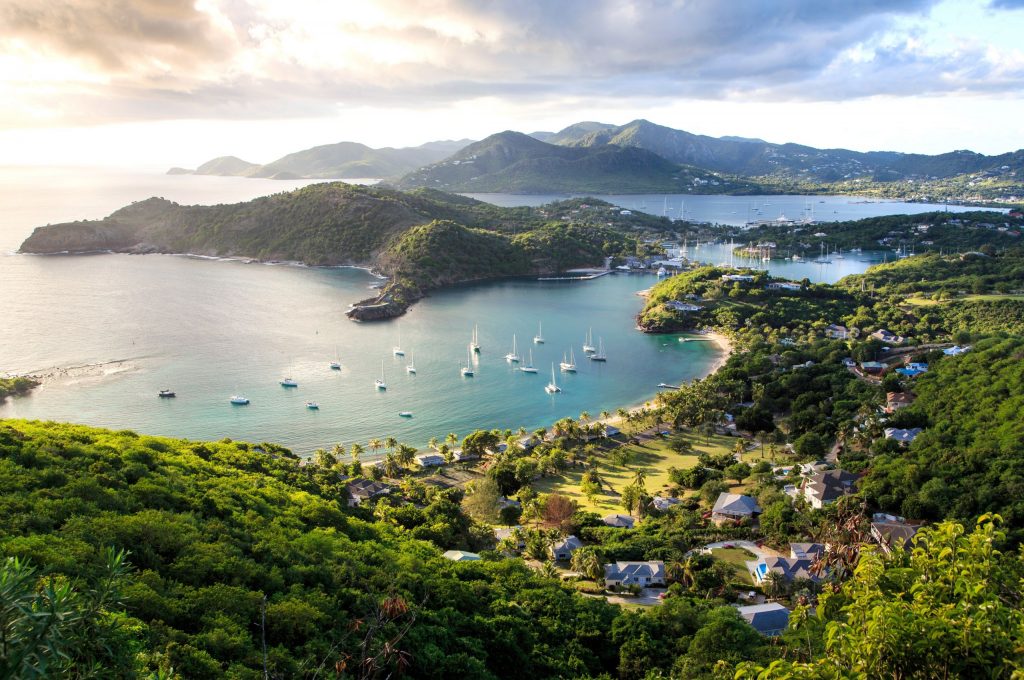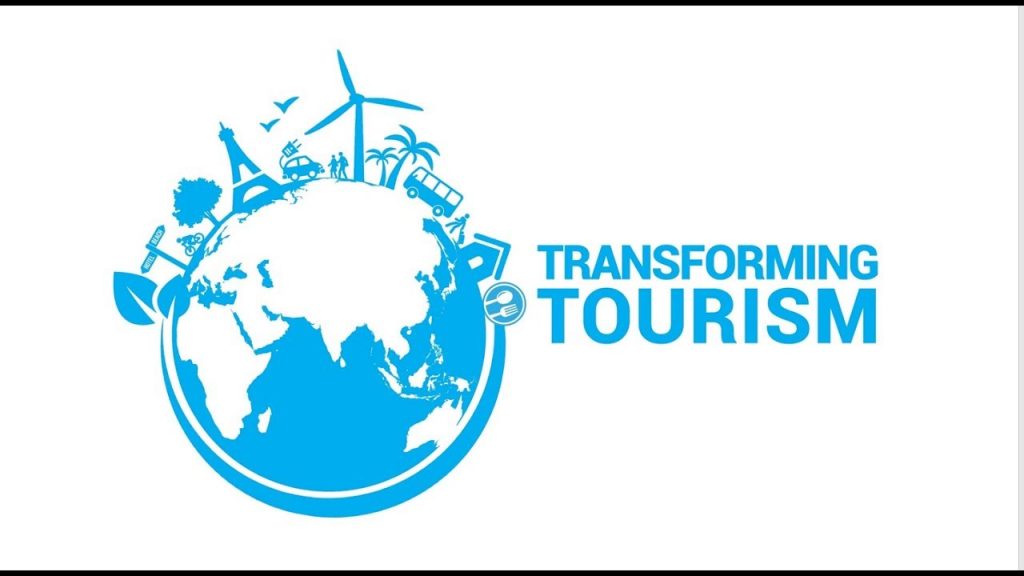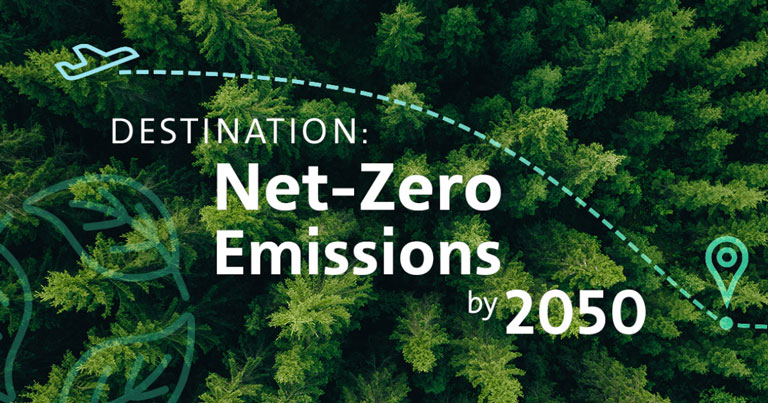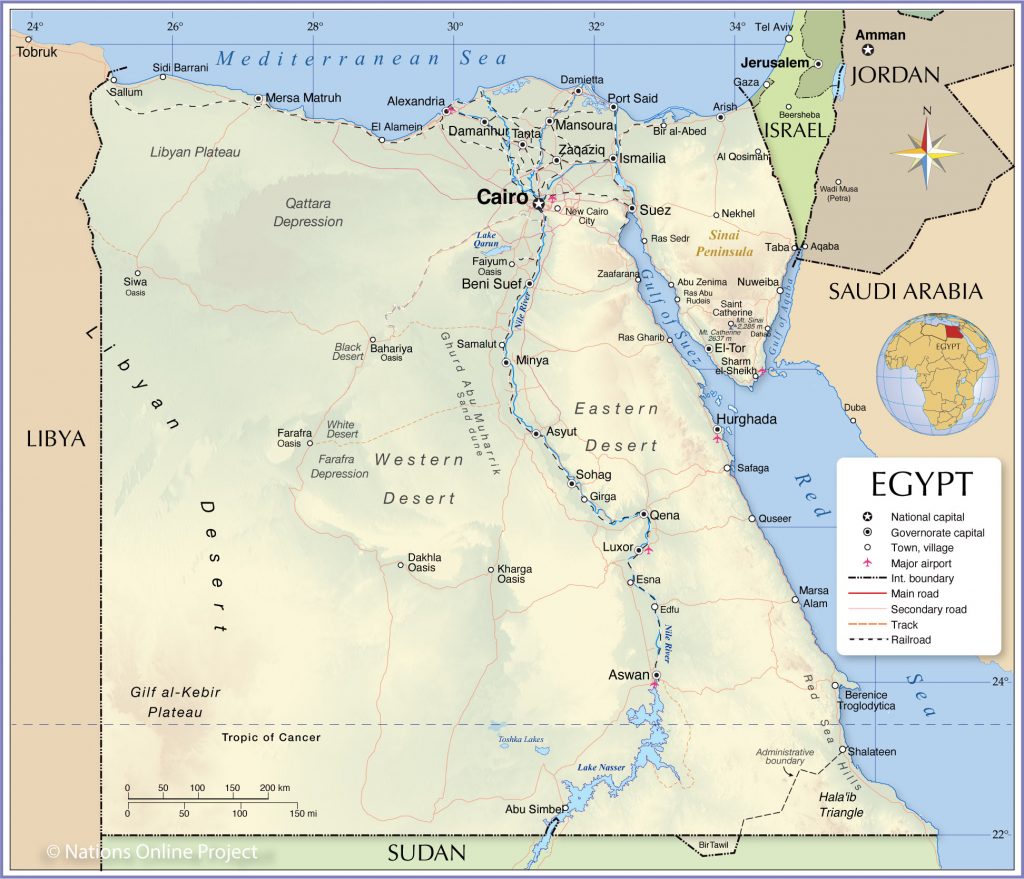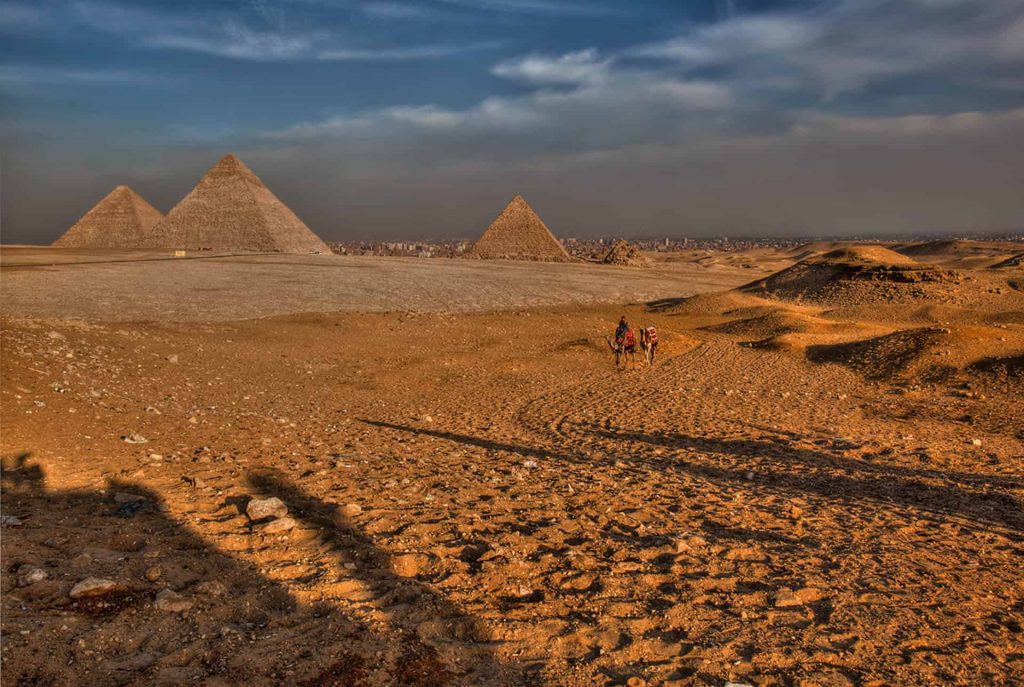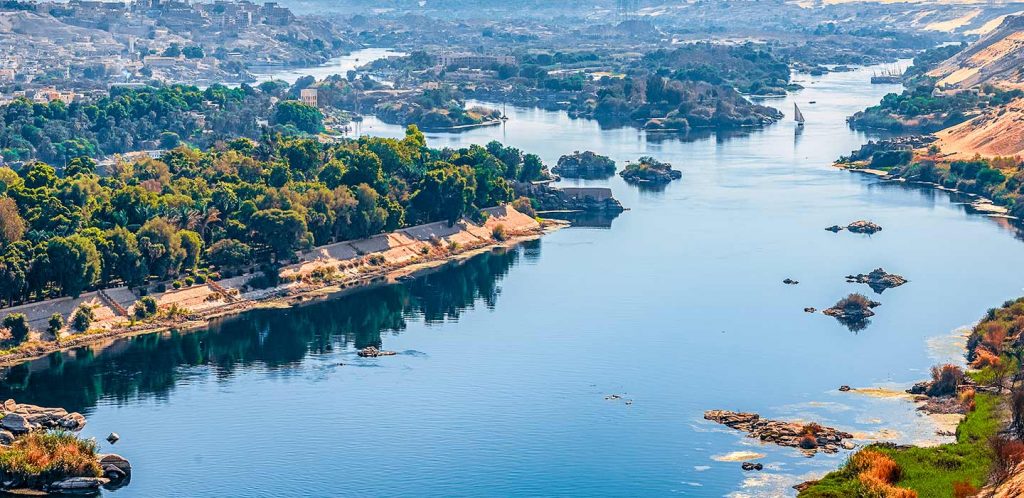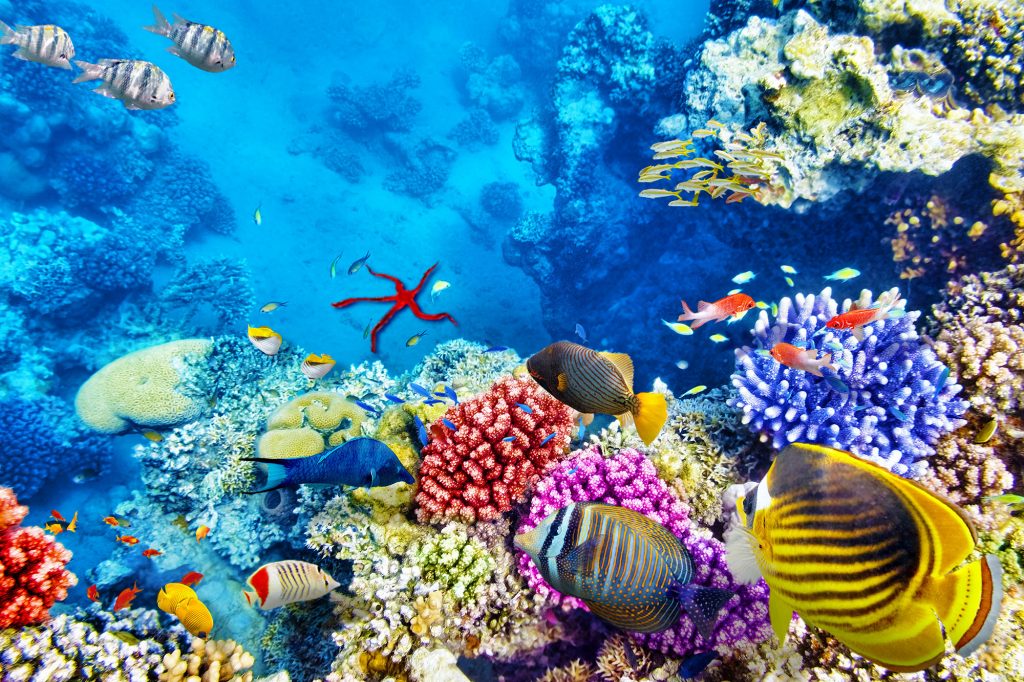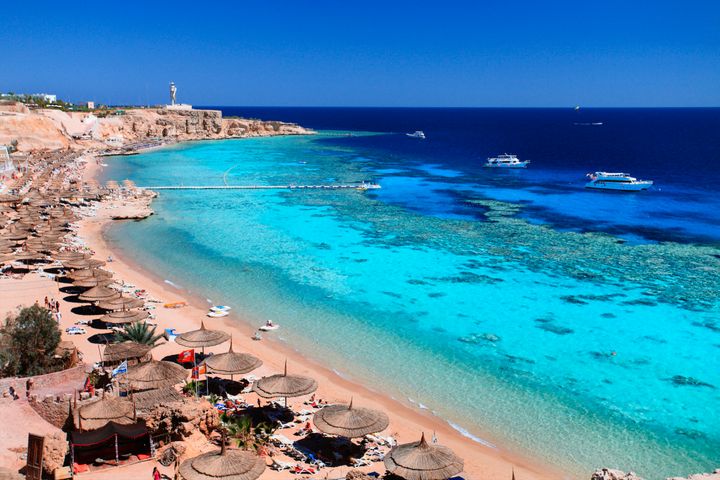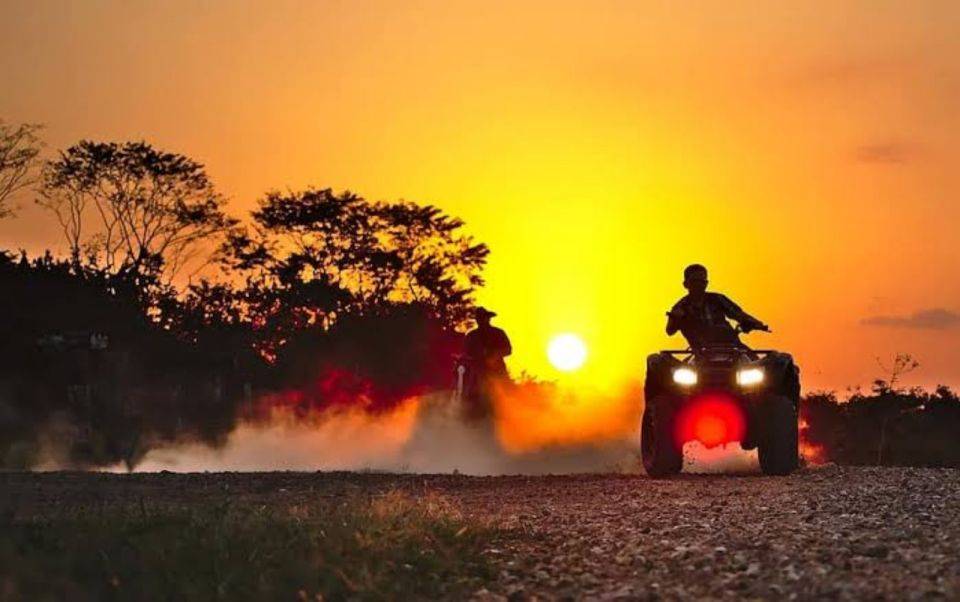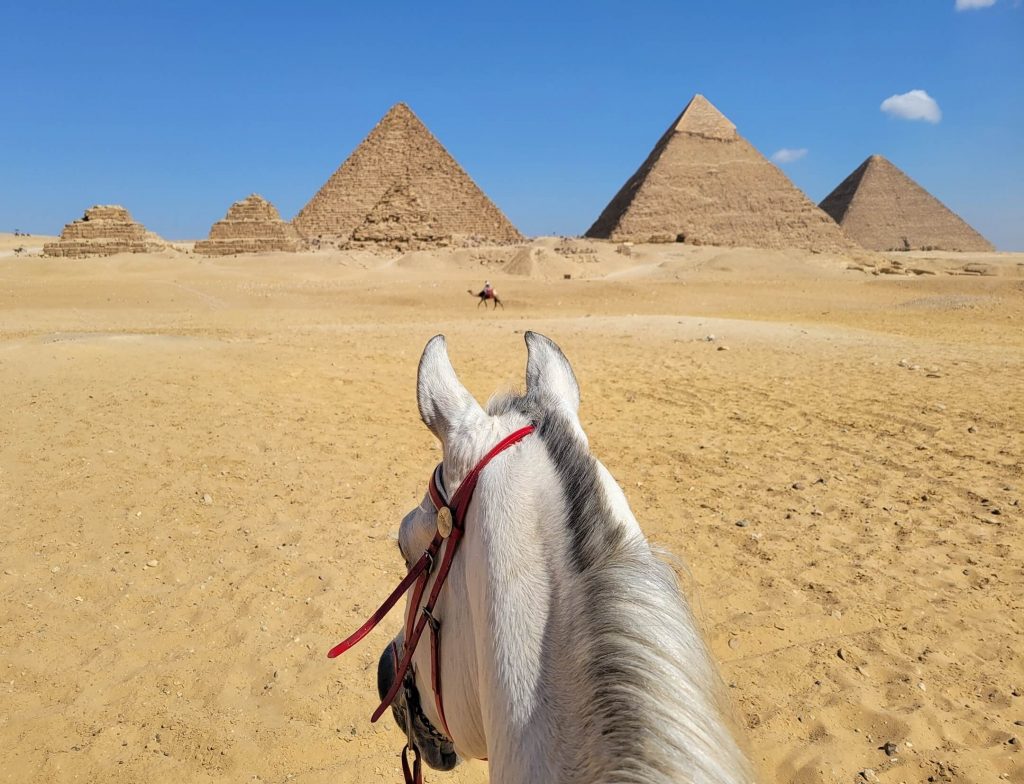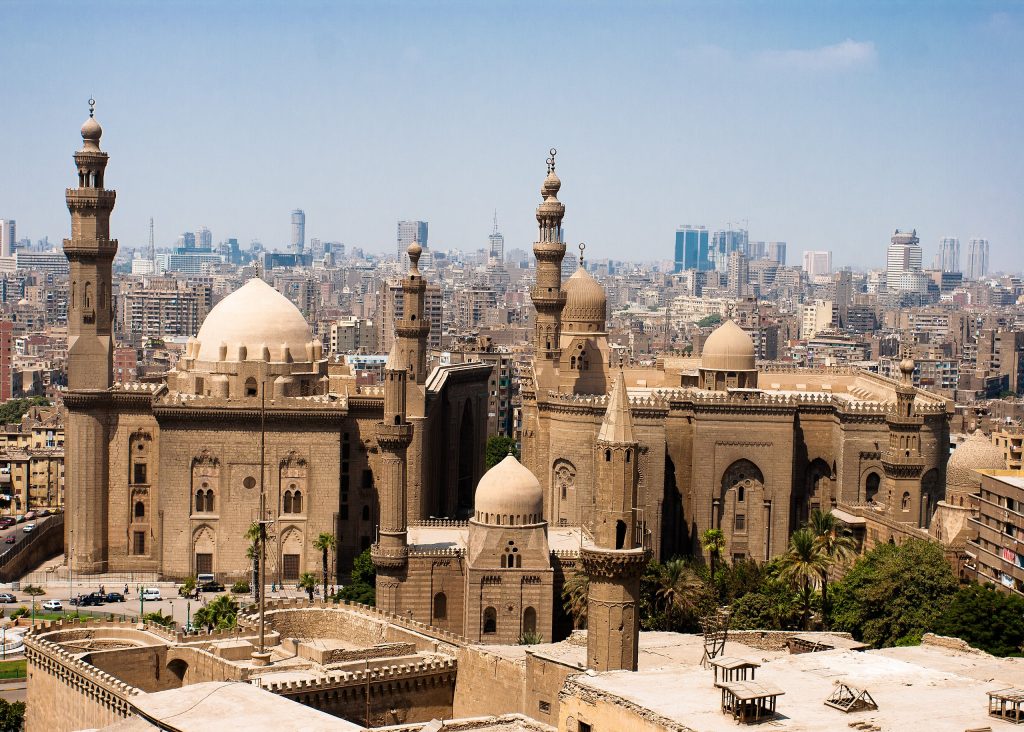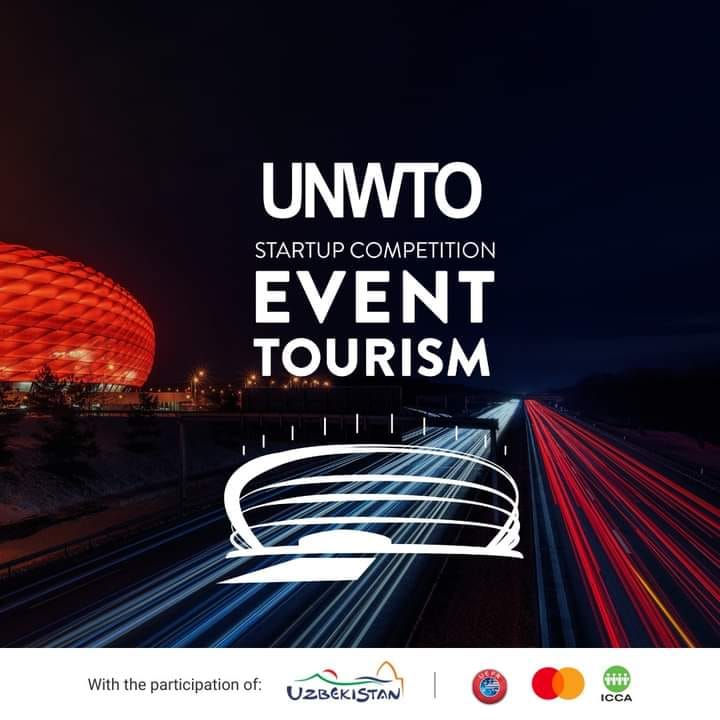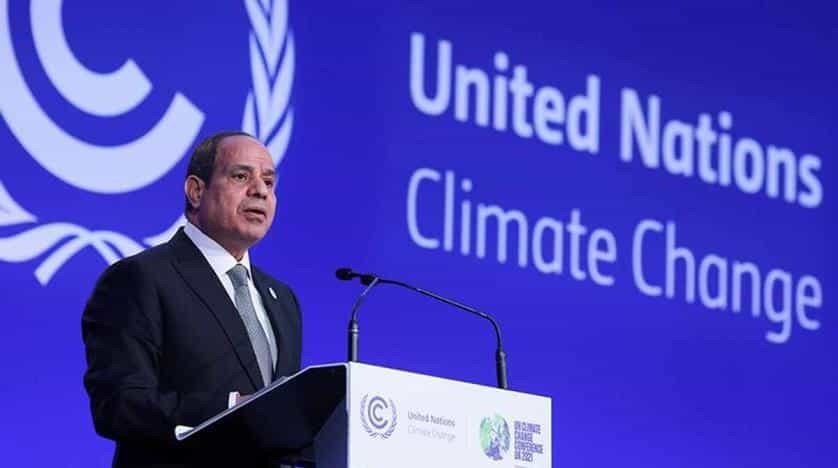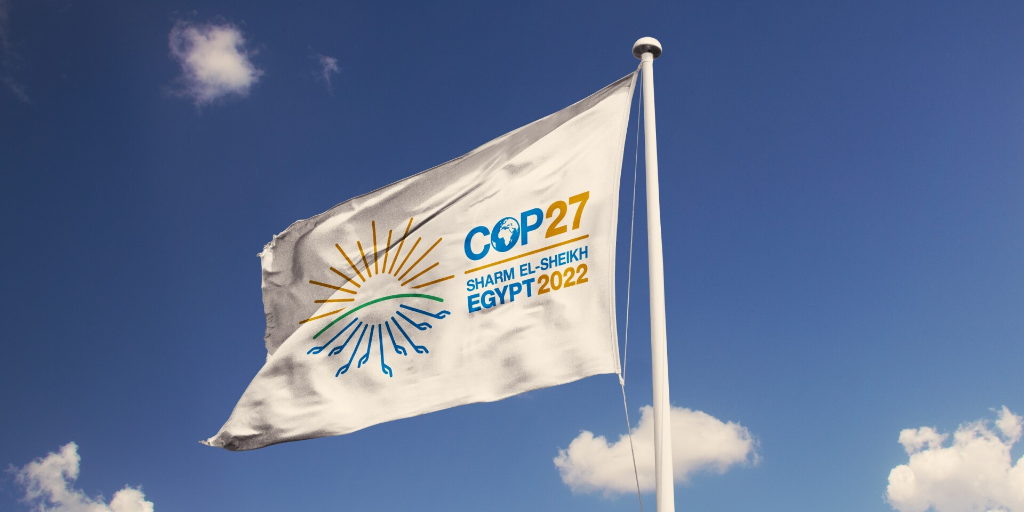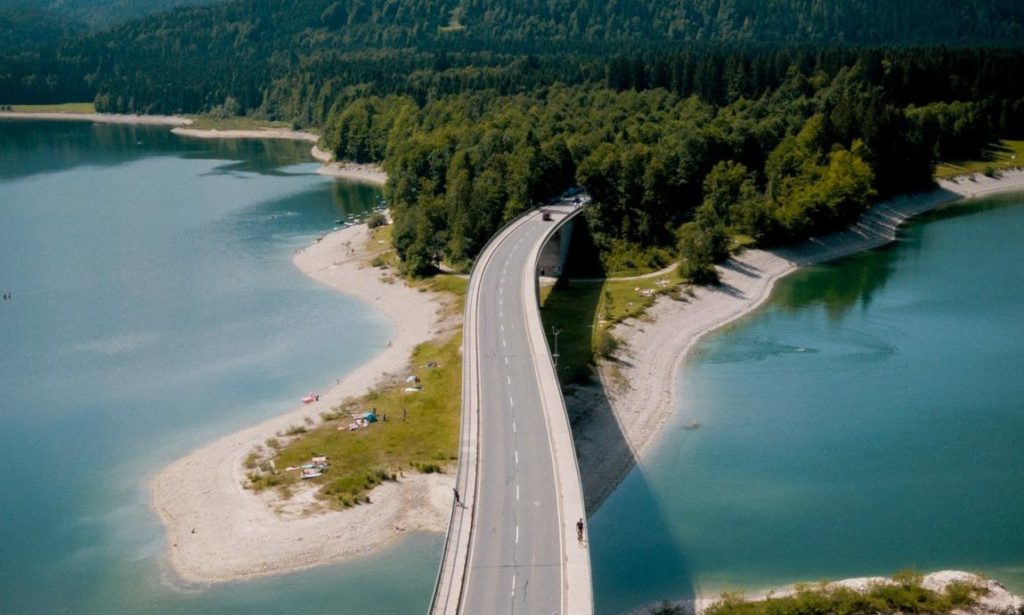Whether it’s your first time on holiday with your friends, or you’ve been once or twice before, looking out for each other and a little bit of prep before you travel goes a long way when it comes to staying safe abroad, allowing you to have a great time and a memorable trip for all the right reasons!

Here are Monarch’s tips and advice to help you have a fun and safe holiday:
Before you travel
- Make sure you know what you’ve booked – that way you will know what to expect on arrival. Booking with an Monarch Member can help you find the best place to visit, considering your budget and the type of holiday you’re after.
- Tell your parents or emergency contact about your travel plans – leave a copy of your itinerary with them, or someone you trust back home, including contact details for where you are staying.
- Keep in touch, a quick text every day will let them know you are safe.
- Leave a scanned copy of your passport with your parents or emergency contact – in the event that you lose your passport, this will save you time if you need to apply for a replacement and your parents will be able to contact The Embassy in the country you’re staying in to provide proof of your identity.
- Take out travel insurance – make sure it covers you for all the activities you want to do and leave a copy with your parents or emergency contact back home.
- Carry the policy number and insurance company phone number with you too so that you or your friends have it to hand if you need it.
- If you do get taken ill, call your insurance company, they have the experience to know how you can get the best help.
- Make a note of the emergency services phone number – in most European countries it’s 112 but may be different if you’re travelling to a destination further afield.
- Get a Global Health Insurance Card (GHIC) – it’s free and provides access to state medical care in many destinations. However, it’s not accepted in every country and will not pay for repatriation to the UK if you are seriously ill, so it’s very important to get travel insurance as well.
- Check the local laws and customs – these will often be entirely different to the ones you are used to in the UK and may lead to serious penalties if broken.
- For example, in Croatia, walking shirtless or in swimming costumes in town centres can lead to an on-the-spot fine.
- Attitudes towards LGBTQ+ travellers around the world can also be very different from those in the UK. You can find out more about local laws and customers and any safety and security advice for the country you are travelling to by visiting www.gov.uk/foreign-travel-advice.
Stick together

- Look out for your friends – step in if you think they’re doing something silly or dangerous and make sure you stick together, including when you head back to your hotel after a night out.
- Swap numbers with everyone in your group – make sure you all have each other’s phone numbers and set-up a group chat on a messenger service like WhatsApp.
- This will make it easier to get in touch if one of you gets separated.
- Download ‘Find My Friend’ app to your phone – this will allow you to share your location with the rest of the group so you can easily find one another if you get lost.
- Use offline map apps on your phone – Google Maps, Maps.Me and Citymapper allow you to navigate outside of your hotel without needing to rely on your data/Wi-Fi.
- You can also save locations (such as your hotel) in case you get lost.
- Don’t feel pressurised – just because your friends tell you to do something doesn’t mean you have to. If you’re in a large group, stick with the people you feel most comfortable with.
Look after your belongings

- Have an emergency stash of cash – have some extra cash on you, away from all of your other money, that way if your money gets lost or stolen, you’ll have some more as a back-up.
- When out and about, avoid carrying too much money or wearing excess jewellery and keep valuables, wallets, bags etc.
- close to you. If you have a room safety deposit box, use it – don’t carry all of your money on you, just take out what you need each day and store the rest in your safe, along with any other valuables.
- Take another form of ID – if you have another form of ID, like a driving licence or student ID card, it is worth taking it with you to use as proof of age.
- That way you can leave your passport in your room in the safe. Although some countries require you to carry your passport at all times.
- Contact reception or the night porter if you lose your room key – or stay in a friend’s room. Never try and access your room via your balcony.
- It can also be worth asking for a spare key and keep it on you somewhere safe, away from the other key.
- Your travel company is a great source of advice and help – if you’re looking to do an activity, they’ll either be able to sort it out for you or advise on the most reputable companies to book with. Remember to save their number in your phone just in case there is any sort of problem or an emergency.
Enjoy yourself responsibly

- Alcoholic drink measures are often larger abroad – so be aware that what you’re drinking is likely to be much stronger than what you’re used to in the UK.
- As you would do when you are out back at home, always keep an eye on your drinks and don’t accept drinks from people you don’t know.
- Booze and balconies don’t mix – so use your balcony sensibly, especially if you have been drinking. Never lean over, sit, or climb on the balcony wall or railings, and don’t climb from one balcony to another.
- Don’t swim if you have been drinking – alcohol can impair your senses, alter your sense of distance, and make you feel disorientated in the water.
- At any time of day, only swim where it is permitted, be aware of warnings about currents or riptides in open water.
- Avoid using recreational drugs – they are likely to be illegal in your holiday destination.
- The best selfie is a safe one – people have been seriously injured and even died when taking selfies on holiday.
- Make sure you are aware of your surroundings when taking photos.
- Be wary of people trying to sell or offer you laughing gas (nitrous oxide) – legal highs such as laughing gas are widely available in some holiday resorts, they can be very dangerous to inhale and can lead to serious health issues.
- These risks are likely to increase further if laughing gas is mixed with alcohol.
- Be aware of dodgy job offers – you might enjoy your holiday that much that you want to stay on and work out there, but if the job isn’t official and you don’t have the right documentation (for example, a working visa or job contract), you could find yourself working illegally and at risk of exploitation.
Activity safety
- Ask your instructor for a safety briefing – this is important before taking part in any adventure activities and let your instructor know if there is anything you don’t feel comfortable with.
- Do not hire a moped or quad bike – they leave riders very vulnerable on the road and at risk of a serious injury.
- There are always safer alternatives such as hiring a car, taking a taxi or using public transport.
- Only ride quad bikes as part of an organised trip – never use one on main roads. If you do decide to take a quad bike trip, make sure you are booking with a reputable company and always wear a helmet and the correct safety clothing.
- Check your travel insurance – make sure it covers you for all the activities you want to do.




























